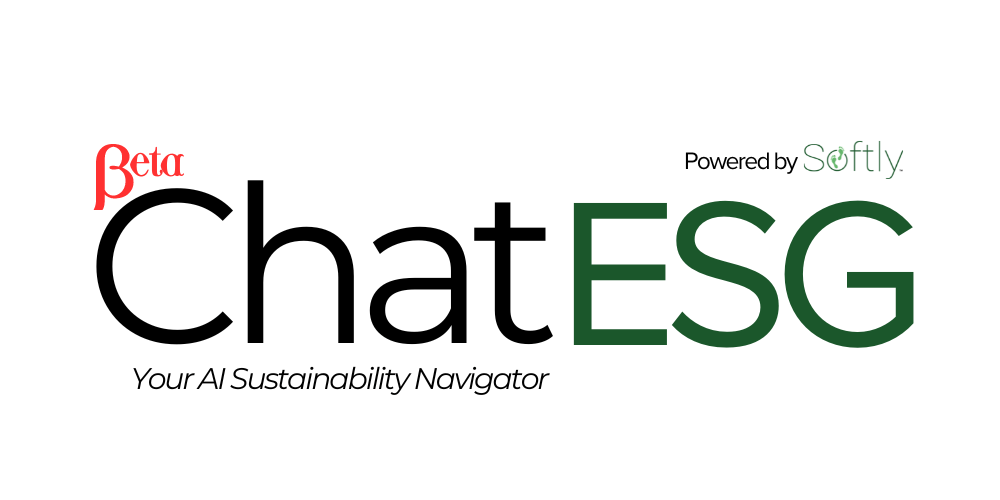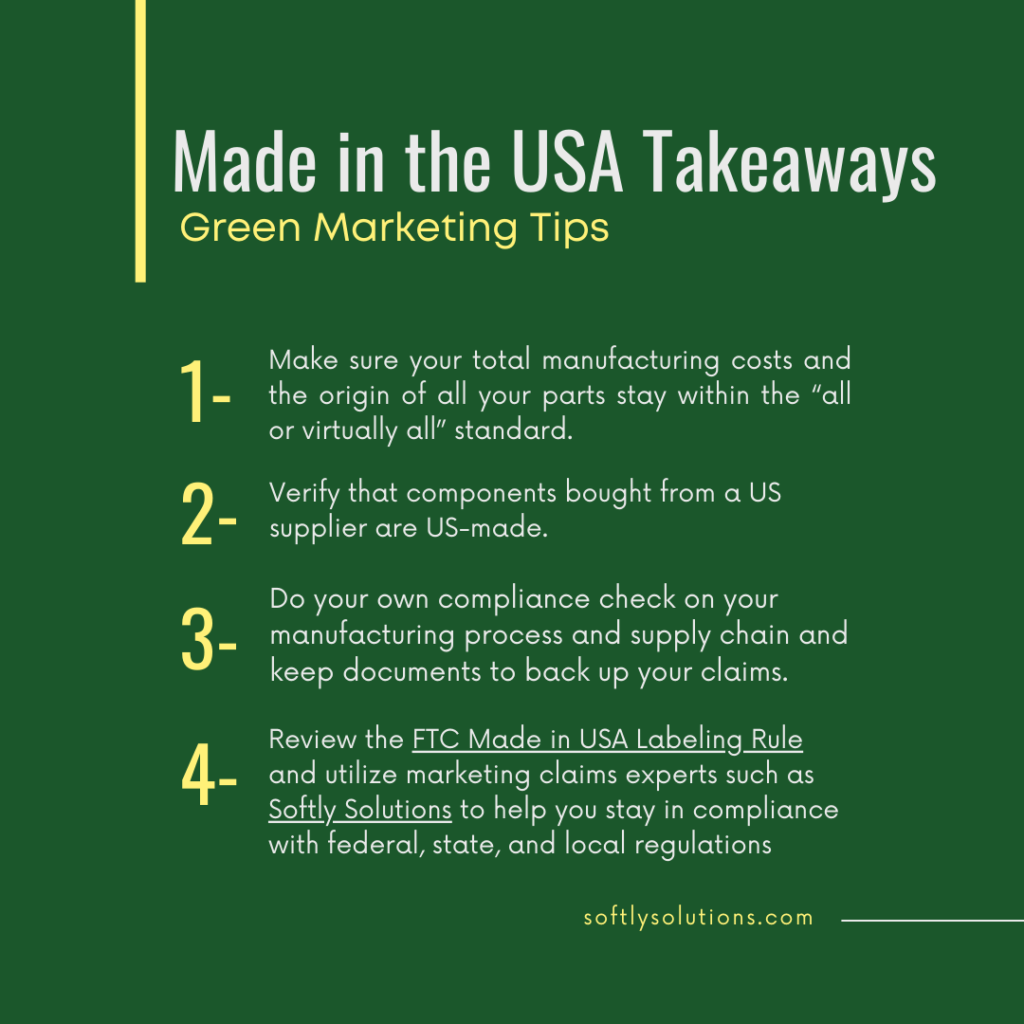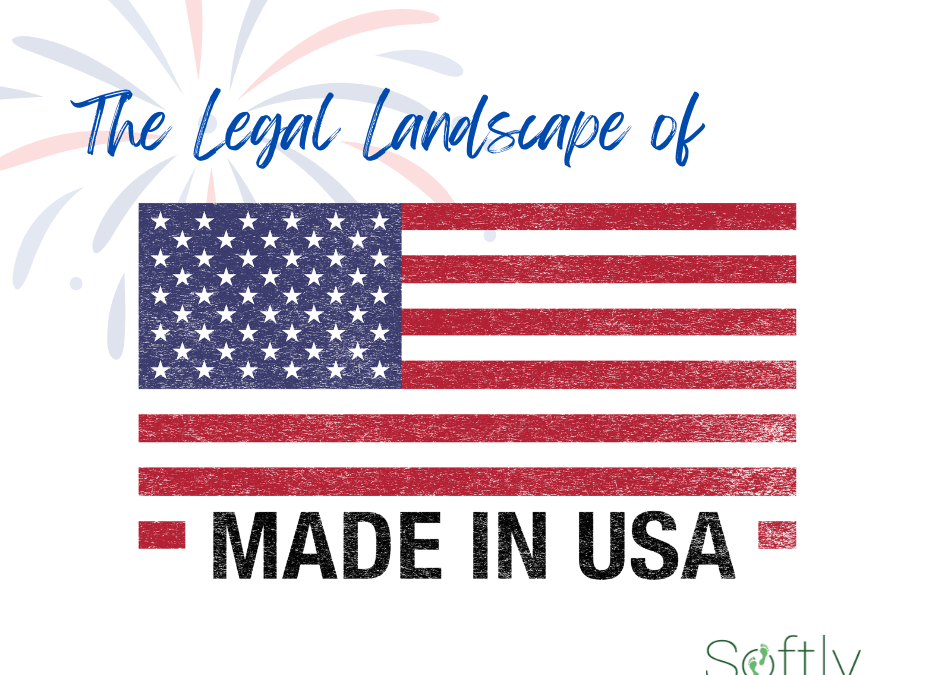Driven by patriotism, support for the American economy, or a belief that U.S.-made products are superior quality and more eco-friendly, consumers are increasingly seeking the “Made in the USA” label. As a result, many brands prominently display this on their packaging. However, before boasting the red, white and blue, it’s important to understand the requirements and the potential risks of non-compliant labeling.
The risks are significant. For example, home goods giant Williams-Sonoma got caught not once, but twice, for mislabeling products, resulting in hefty fines. And litigation citing non-compliant “Made in the USA” claims are skyrocketing.
Most consumers are willing to pay a premium for American-made products, promping companies to embrace this patriotic marketing trend. Unfortunately, this has led to fradulent claims. The Federal Trade Commission (FTC) enforces strict rules on “Made in the USA” labels to ensure fair competition providing protections for small businesses against imitators.
Whether you are a small business that’s confident your products are American-made, or a growing company with a complex supply chain, it pays to understand and adhere to the rules.
The Williams-Sonoma Case
In 2020, Williams-Sonoma paid a one million dollar fine for making misleading Made in the USA claims on several products. The FTC required them to be transparent with their claims. And now, just four years later, the FTC claims that Williams-Sonoma violated the 2020 order with seven products, many of which were made completely overseas. These products included a Pottery Barn mattress pad mislabeled “Crafted in America from domestic and imported materials.” The $3.17 million penalty was the largest in a Made in the USA case. In addition to the monetary fine, Williams-Sonoma must provide annual certifications confirming it has put in place measures to guarantee compliance with the order.
How to Qualify your Made in the USA Label
The FTC penalized Williams-Sonoma because it could not prove it followed Commission requirements for a product to have an unqualified Made in the USA label. These requirements include:
- final assembly and significant processing in the USA
- all or virtually all ingredients or components made or sourced in the USA
The FTC does not define “all or virtually all.” Although “all” is most likely 100%, there is no percentage for “virtually all,” leaving it up to the discretion of the Commission. The FTC has determined that the rule offers clear and suitable guidance for marketers, but if you’re unsure whether your product passes the “virtually all” test, look at your total manufacturing costs and the origin of all your parts. If your costs outside the US are significant and a major part of your product comes from another country, reconsider your “Made in the USA” claim and possibly qualify it. Qualified claims can communicate that your product is partly made in the US. Terms like “Assembled in the USA” can be used when a substantial amount of the assembly is in the US. To indicate that your product contains less than “virtually all” US components, you can qualify your claim with phrases like “Made in the USA of US and imported parts” or “85% US content.”
For more details on calculating the cost and origin of your product, check out these guidelines from Reuters. Additionally, FTC has recently published more detailed guidance for complying with the Made in the USA label. This document includes more information on the Made in the USA label including the factors the FTC considers for it’s “all or virtually all” requirement and examples for many other scenarios.
Express and Implied Claims Must Be Backed by Evidence
There is some latitude when labeling an American-made product. Because there is no government-backed symbol for Made in the USA (like EPA’s Energy Star), a US flag, map, or other reference to US manufacturing can be used as an implied claim. Phrases like “Made in the USA” or “Proud American Manufacturing” are express claims following the FTC labeling rule. Whether you label your product as “Made in the USA” or display an American flag next to the name–that is, whether you make an express or implied claim– it must be backed up by evidence.
How to Avoid Making Unintentional Misleading Claims
If you want to maintain your brand reputation and avoid legal issues, the FTC recommends conducting your own compliance check and keeping all the necessary documents to support your claims. Part of the procedure requires checking your supply chain to ensure that foreign parts do not end up in your American-made product. Don’t assume a component bought from a US supplier is entirely US-made. It’s vital to do your research and look back far enough in the manufacturing process to be reasonably certain that your product does not include significant foreign content.
Navigating Green Marketing Claims Just Got Easier

Answers to Green Marketing Regulations at Your Fingertips
Other Regulators
The FTC isn’t the only regulating body that oversees “Made in the USA” labels. Other regulators include the Customs and Border Patrol (CBP), BBB’s National Advertising Division (NAD), US Congress, and individual states.
Customs and Border Patrol (CBP) requires that all items of foreign origin bear the name of the country of production. For goods involving materials or processing from multiple countries, a statement of origin should indicate the country where the final significant change occurred (19 C.F.R. pt. 134). However, just because your product does not require a foreign country-of-origin mark by the CBP does not mean that you can label it “Made in the USA.” Check FTC standards to see if your product qualifies for a Made in the USA label.
The National Advertising Division (NAD) of the Better Business Bureau (BBB) is often the first agency to receive complaints about misleading business practices. If companies do not follow its recommendations, they can report them to the Federal Trade Commission (FTC).
Congress is in the process of passing US legislation, specifically “S. 2930 — 118th Congress: Reinforcing American-Made Products Act,” which states that the FTC’s authority to regulate the labeling of products as “Made in the U.S.A.” takes precedence over any state laws that might conflict with it. Additionally, the Buy American Act requires that a product have more than 50% US parts for consideration in the “Made in the USA” government purchasing program.
Furthermore, California requires that items advertised as “Made in the USA” must not include foreign components that make up more than 5% of the total wholesale value (California Business and Professions Code section 17533.7(b)).
Can the Red, White, and Blue be Green?
Displaying the red, white, and blue to show that your product is made in the USA can also communicate your commitment to green products. Studies have shown that the Made in the USA claim is an essential green criterion for some consumers. However, it takes more than displaying the American Flag to convey your commitment to sustainability and local production. As with sustainability claims, it is essential to document any American-made claims to comply with the FTC rules and avoid costly litigation.

Conclusion
If you label your product as American-made or with an American flag, you must support your Made in the USA claim with evidence. It’s important to understand your supply chain and manufacturing process. Following the Made in America labeling regulations not only protects consumers from fraudulent claims but also supports small businesses, helps you uphold your credibility, and steers you clear of legal problems.
Other Cases of Note
FTC cases have increased in the last three years. Three companies received penalties in 2024, and more cases are pending.
- Kubota North America Corporation
- Some Kubota replacement parts falsely labeled as Made in the USA
- The $2M Settlement was the largest before the Williams-Sonoma case
- Dream Cloud Mattresses
- Resident Home LLC falsely claimed mattresses were from 100% USA-made materials
- Mattresses were finished or wholly imported from overseas
- Company paid $753,000 to settle charges
Find more FTC cases on Made in the USA claims here.
The BBB is often the first agency to receive complaints about misleading business practices. Stihl received a warning from the BBB’s National Advertising Division (NAD) for its made-in-America claims.
- BBB NAD complaint against Stihl
- The NAD recommended that Stihl discontinue its unqualified Made in America claims
- Claim covers the entire brand
- Stihl is allowed to make qualified claims related to specific products or parts
Class action lawsuits have also increased in number. Many complaints rely on the FTC’s Made in the USA Labeling Rule.
- Hood et al. v. Handi-Foil Corp. et al.
- Falsely marketed products as Made in the USA
- Used imported materials
- Case pending
- Jackson et al. v. Genfoot America, Inc.
- Misleadingly marketed Kamik winter boots as Made in the USA
- One primary component imported
- Settled
References
Information provided is for general purposes only and not legal advice; consult a qualified attorney for personalized guidance. Softly disclaims any liability for actions based on this information.
